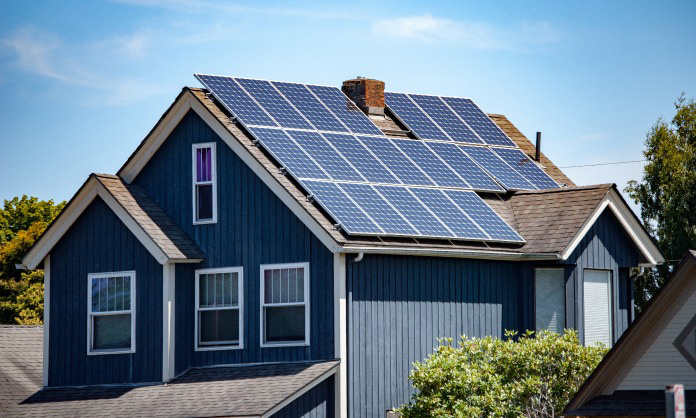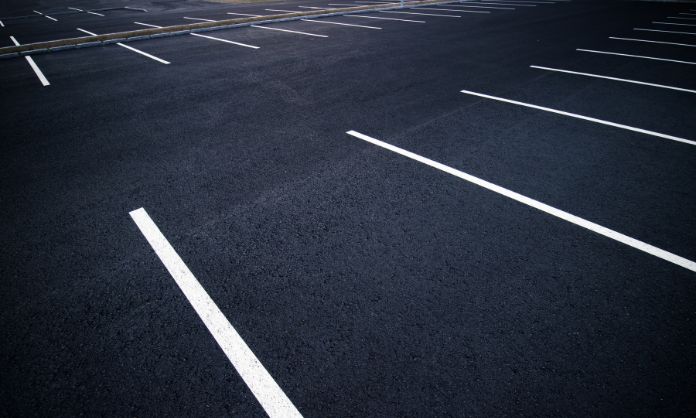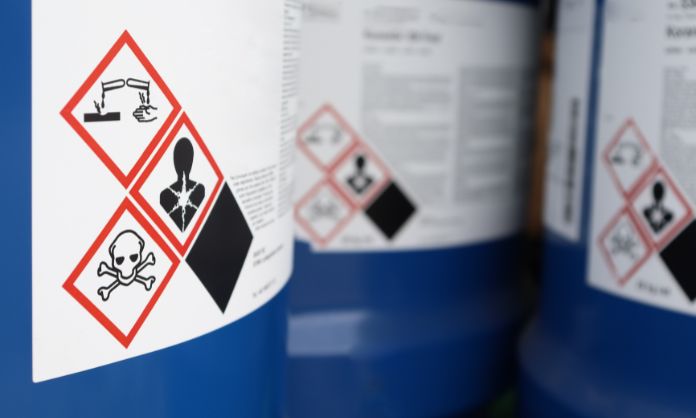
Many homeowners considering solar energy worry about how well their roofs can hold up to the weight of solar panels and wonder if they will end up damaging their roofs. Other than age and structural damage, roofing material is another factor to consider when determining if your roof is suitable for solar panels. Luckily, these panels can be installed on almost any kind of roofing material, as long as the roof is structurally sound; however, some materials are better suited to housing solar panels than others. To help you determine what hurdles you might run into, review this guide to the best roofing materials for solar panels.
Asphalt
Asphalt is one of the most common roofing materials and arguably the best option for housing solar panels. While these roofs don’t last as long as metal roofs, they still have a fantastic lifespan and won’t need to be replaced for almost 20 years. And due to how flexible and durable asphalt shingles are, it’s easy to drill in studs and attach the panel mounts. Because of how easy and quick it is to install solar panels on this type of roof, the overall labor cost shouldn’t be much greater than that of a metal roof.
Metal
Metal roofs have an outstanding lifespan, lasting anywhere from 50 to over 100 years. Because of how well they reflect sunlight, they can aid solar panels in keeping the house cooler, reducing electricity costs. Solar panels are much easier to attach to metal roofs due to the material’s standing seams, as you don’t need to drill into the material. As an extra bonus, your installer won’t need to place additional flashing on the roof, cutting down the cost of labor even more.
Tile
Whether made of clay, concrete, or slate, tile roofs can have solar panels installed on them, but there are some additional labor costs associated with the process. This is because some of the tiles may need to be removed, as the tiles will not all be identical in shape and size. These tiles can be replaced with another type of roofing, such as asphalt, or mounts can be installed so that the panels sit up and away from the roof, and the tiles can be reinstalled. Either way, additional flashing will be required to prevent leaks.
Tar and Gravel
Angling is one of the most important things you have to consider before installing solar panels on your roof. Tar and gravel roofs are much flatter than other roofs, making them a slightly less viable option for solar panel installation. There are ways to bypass this issue, but it will increase the cost of overall labor. Extra hardware is required to install brackets that ensure the panels are tilted at a 30-degree angle. However, the extra layers of asphalt on top of tar and gravel roofs offer a lot of support for the solar panels themselves and ensure that your home is safeguarded against cracks and leakages.
Now that you know the best roofing materials for solar panels, you can better determine whether your roof is suited for solar panels and if the cost of labor will fit your budget. If you’re still unsure, call a solar panel contractor today to have your roof inspected so that you can make the best financial decision for yourself.







